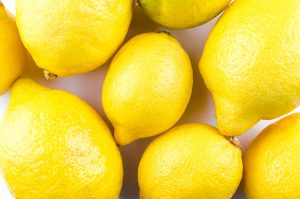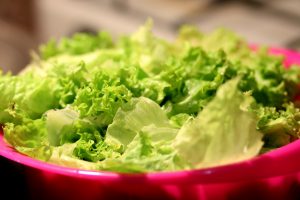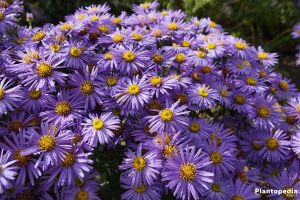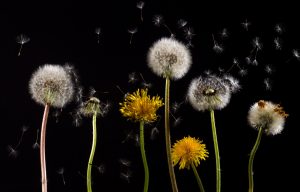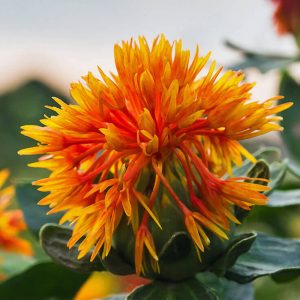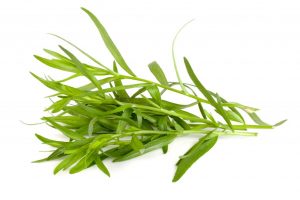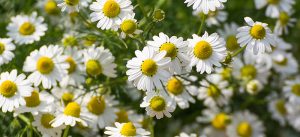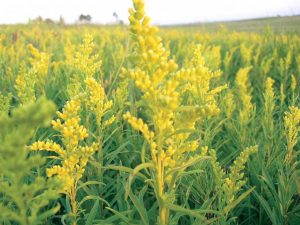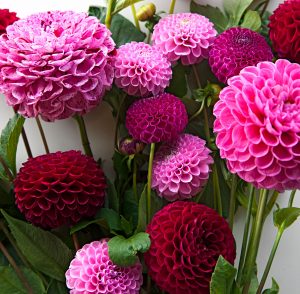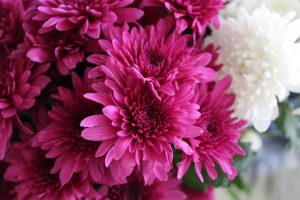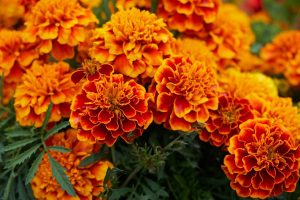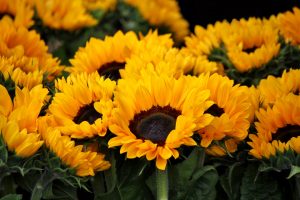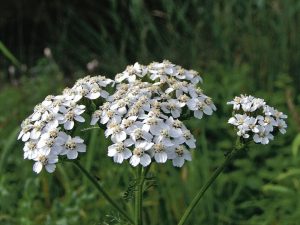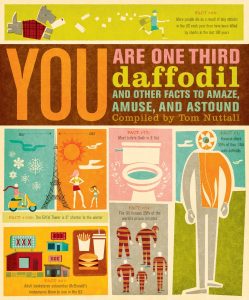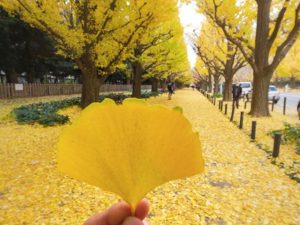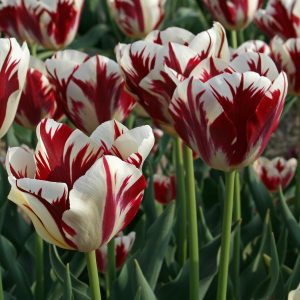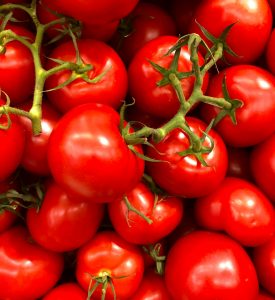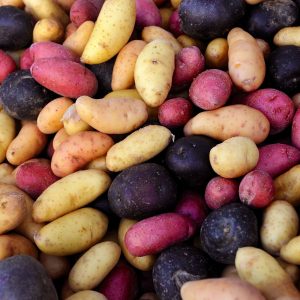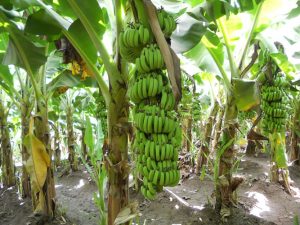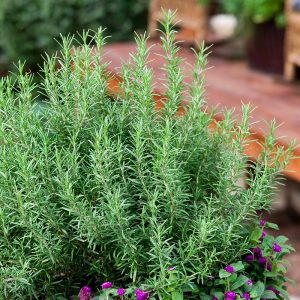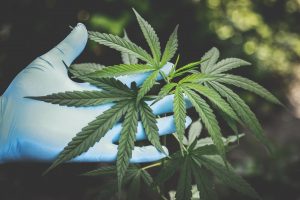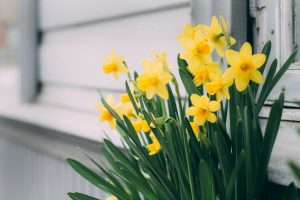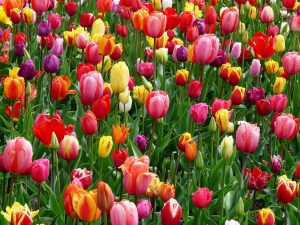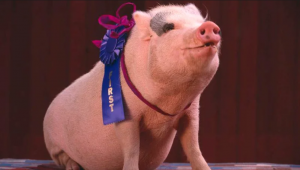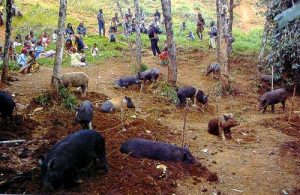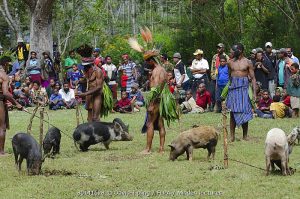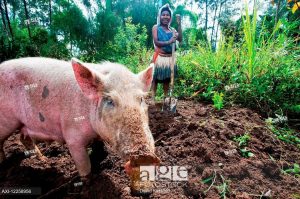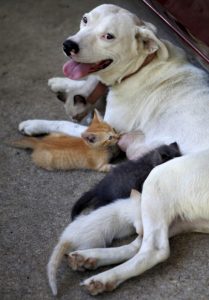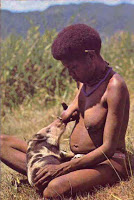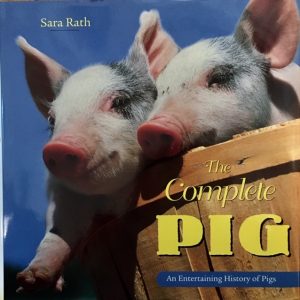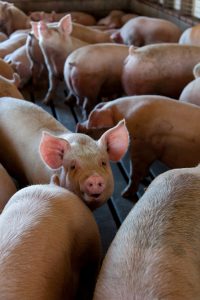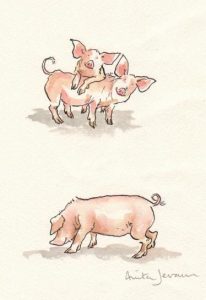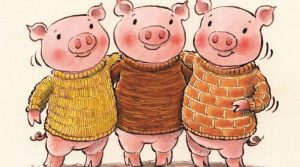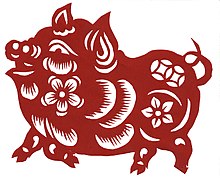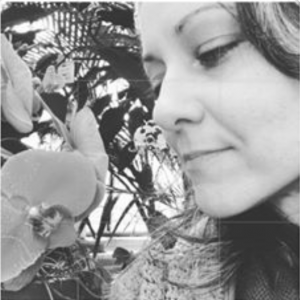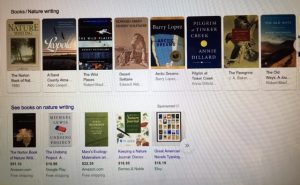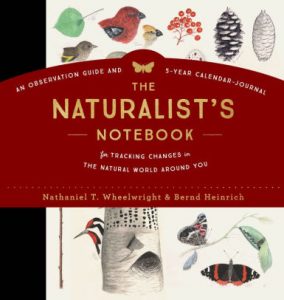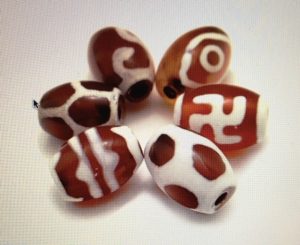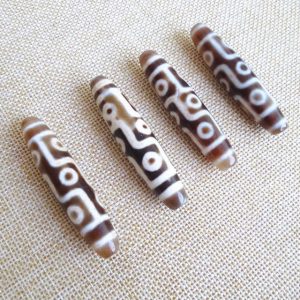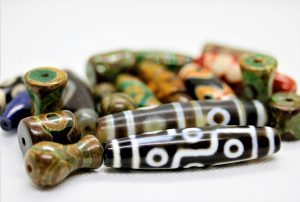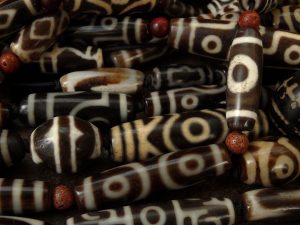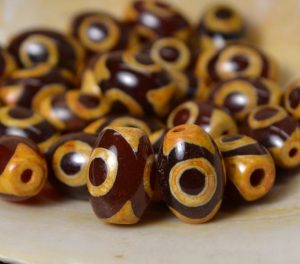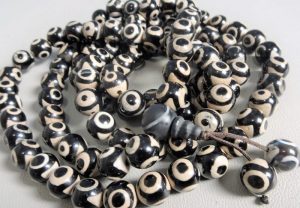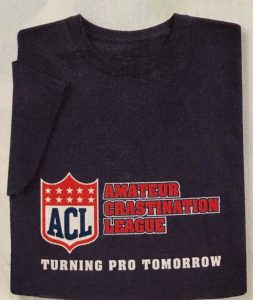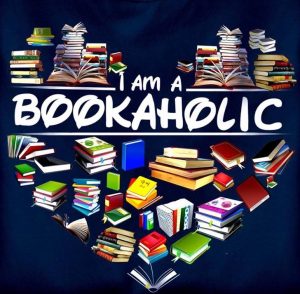Writing
Why Daisies? Why Not?
- as a character’s hobby
- as a character’s work
- as a reflection of a character’s character or personality
- as a reflection of a character’s aesthetic taste (or lack thereof)
- as factoids characters can drop into conversation to amaze and astound
- 13 subfamilies
- 1,911 genera
- 32,913 named species
- for size, it’s rivaled only by orchids. Which is larger is unknown.
- mostly annual or perennial herbs, it also includes shrubs, vines, and trees
- this family grows worldwide, except Antarctica and the extreme Arctic
Plants: A Topic That Could Take Over the World
The Big Picture: A few facts to put plants in perspective
- Over 300,000 plant species have been identified so far
- Plants are the only organisms that make their own food in a process called photosynthesis. They turn carbon dioxide into food while cleaning the air.
- More than 20% of the world’s oxygen supply is produced by the Amazon Rainforest.
- Bad news: 80% of the earth’s original forests have been cleared or destroyed.
- Only 10% of the world’s plant-rich areas are protected.
- Of the plant species that have been studied, 68% are in danger of going extinct.
- More than half of all plant species are native to just one country.
- Although the earth has more than 80,000 species of edible plants, humans use only around 2000 different plants as food. Indeed, 90% of the foods humans eat come from just 30 plants
- Nutrition doesn’t factor into the choice of plants chosen for mass production.
- Some 70,000 plant species are used for medicine, both traditional medicine and modern pharmaceuticals. Only 1% of rainforest plants have been studied for medicinal potential.
- Plant species are going extinct about 5,000X faster than they would without human intervention.
- More than 85% of plant life is found in the ocean.
Trees
- Trees are the longest-living organisms on earth.
- Ginkgo biloba is one of the oldest living tree species, dating back to 250 million ears ago. The Dawn redwood dates back 150 million years.
- The world’s oldest-growing tree is a bristlecone pine.
- Dendrochronology is the science of dating a tree’s age b its rings.
- The world’s tallest-growing tree is the coastal redwood, which is mostly along the Pacific Coast of California.
- A notch in a tree will remain the same distance from the ground as the tree grows.
- Tree resin, when fossilized, becomes amber—sometimes containing bits of plant or animal
- Quinine—one of the most important drugs out there—is obtained from the dried bark of an evergreen tree native to South America.
- Oak trees don’t produce acorns till they are 50 years old.
- Lightning strikes oak trees more than any other variety.
- The African Baobab tree can store 1,000 to 120,000 liters of water in its trunk.
- Evaporation from a large oak or beech tree is from 10 to 25 gallons in 24 hours.
- Brazil is named after a tree.
- The average-sized tree can provide enough wood to make 170,000 pencils.
- The first type of aspirin, painkiller and fever reducer, came from the bark of a willow tree.
- Baseball bats are made from hickory while cricket bats are from willow.
Flowers
- During the 1600s, tulips in Holland were worth more than gold.
- In 1634, a collector paid 1,000 pounds of cheese, four oxen, eight pigs, 12 sheep, a bed, and a suit of clothes for single bulb of the Viceroy tulip.
- Tulips can continue to grow as much as an inch a day after being cut.
- Some 600 species of plants are carnivorous. For example, the Venus Flytrap ingests various small insects.
- One carnivorous plant in the Philippines can devour a full-grown rat alive.
- Torenia, a shade-loving annual, is called a wishbone flower because they have tiny wishbone-shaped stamens.
- Poinsettias were brought to the U.S. from Mexico in 1825 by the first U.S. minister to Mexico, Joel Poinsett.
- The largest unbranched flower in the world is the titan arum, which can reach 15 feet tall. It’s common name is corpse flower because in bloom, it smells like rotting meat. The smell atracts flies for pollination.
- All parts of the flowering shrub oleander are poisonous. Eating leaves can cause gastrointestinal, cardiac, and central nervous system problems and possibly death.
- Iris means “rainbow” in Greek, and Iris is the goddess of the rainbow in mythology. Wormwood (artemesia) was named for the goddess Artemis. Milkweed (Asclepias) was named for the god Asclepius, and Hebe after the Greek goddess Hebe.
- May l is the festival of the lily-of-the-valley. People give bouquets of them to each other, wishing them health and happiness.
- Snapdragon flowers resemble dragons, and if you squeeze the sides, the dragon’s mouth will appear to open and close.
- Each head of a sunflower is composed of hundreds of tiny flowers which ripen to become the seeds. Ditto for daisies, yarrow, goldenrod, asters, coreopsis, and bachelor’s buttons.
- No species of wild plant produces a flower or blossom that is absolutely black, and so far, none has been developed artificially
- Peaches, pears, apricots, quinces, strawberries, cherries, almonds, and apples are members of the rose family.
- Asparagus is a member of the lily family, which also includes onions, leeks, and garlic.
Vegetables and Fruits
- Tomato juice is the official state drink of Ohio.
- The tomato family includes tobacco, peppers, eggplant, and deadly nightshade
- From a botanical standpoint, avocados, pumpkins, cucumbers, and tomatoes are fruits rather than vegetables. Avocados have more calories than any other fruit, 167 per hundred grams.
- Rhubarb, on the other hand, is a vegetable.
- Strawberries have about 200 seeds. It’s the only fruit that carries its seeds on the outside.
- Archaeological evidence indicates that grapes were grown to make win about 8,000 years ago in Mesopotamia (Iraq, today) but the first records of how to make wine were set down by Egyptians about 5,000 years ago.
- Pineapples were so named by explorers because they look like pine cones with flesh like an apple.
- Pineapples are the only edible member of the bromeliad family of flowering plants. Technically, a pineapple is a berry.
- Potatoes were first cultivated in Peru about 7,000 years ago. Today residents of Peru eat one of more than 4,000 varieties of potatoes with almost every meal.
- Tomatoes and potatoes share 92% of their DNA.
- Cranberries, Concord grapes, and blueberries are native to North America.
- Small pockets of air in cranberries, when fresh, cause them to bounce and float in water. Apples, being 25% air, also float. (I’m not sure how this is reconciled with being 84% water, but that is a mystery to solve later.)
- Water makes up 84% of a raw apple, 96% of a raw cucumber and 91% of cabbage..
- The difference between nectarines and peaches is the fuzzy skin.
- Cutting onions releases sulfuric gasses, bringing tears to the eyes. According to the National Onion Association, chilling the onion and cutting the root end last reduces this problem.
- Onions contain a mild antibiotic that fights infections, soothes burns, tames bee stings, and relieves the itch of athletes foot.
- Eating lots of onions can make you sleepy because it can act as a sedative.
- Banana is the Arabic word for fingers.
- A cluster of bananas is known of as a hand and consists of 10-20 bananas which are known as fingers.
- Bananas contain a natural chemical that makes people feel happy.
- Peanuts are not nuts. They are legumes, related to beans and lentils. They have more protein niacin, folate, and phytosterols than any nut.
- Peanuts are used as an ingredient in dynamite.
- Arrowroot powder (also known as cassava flour) is a thickening agent valued for being tasteless, colorless, and gluten-free.
- Arrowroot is also an antidote for poisoned arrows—so if you are going to be shot with a poisoned arrow, be sure it’s in the kitchen.
- One bushel of corn will sweeten more than 400 cans of pop.
- Apples, onions, and potatoes actually have the same effect on taste buds. They are differentiated by smell.
Herbs and Spices
- Rosemary repels mosquitos.
- Saffron is harvested from the stigmas of a type of fall-blooming crocus.
- Garlic mustard is a member of the mustard family, not garlic. It is highly invasive herb.
- Nutmeg is extremely poisonous if injected intravenously.
- Vanilla flavoring comes from the pod of an orchid.
- Turmeric, rosemary, thyme all can be used to treat dandruff.
- Thyme, rosemary, sage, lavender, and marjoram all help relieve cold symptoms and congestion.
- Several herbs are traditionally used as abortifacients.
- Any good herbal will give guidance on using herbs for home remedies.
Miscellaneous
- Both George Washington and Thomas Jefferson grew marijuana (cannabis sativa) on their plantations.
- Bamboo—the largest of the grasses—is highly invasive. Some types grow as much as 3 feet a day.
-
Plants at the bottom of watery areas, such as swamps, can eventually turn into coal.
- Caffeine acts as a pesticide in a coffee plant.
- There are more than 1000 chemicals in coffee and at least 19 of them are carcinogenic.
- Chemicals released by freshly-cut grass is highly effective to relieve stress
- England’s Alnwick Garden has The Poison Garden, filled with plants that can kill you.
- All teas (black, green, and white) come from the same plant, only the processing makes them different.
- The first product to have a barcode was Wrigley’s gum.
- No. In actuality, humans and daffodils share 35% of our DNA.
- Humans and mustard grass share 15% of their DNA.
- Humans and bananas share 50% of DNA.
- Humans have 3 billion DNA pairs; the Norway Spruce has nearly 20 billion.
- Even onions have more DNA than humans.
- Tomatoes have 7000 more genes than humans.
Happy International Tiara Day!
Today is International Tiara Day, a day when all women embrace and celebrate their powers of leadership. Real or virtual tiaras are encouraged!
History of Tiaras
The word tiara (Persian in origin) is used interchangeably with its predecessor, diadem. These were head ornaments worn by both men and women of high status in several different countries. Once we reached the 18th century, tiaras became a typically female accessory, inspired by the wreaths worn by Greek and Roman leaders. Currently, Queen Elizabeth II is said to have the largest and most valuable collection of tiaras in the world, many of which are heirlooms of the British royal family.

Tiara Symbolism and Use
According to London jewelry expert Geoffrey Munn, “Any woman may wear [a tiara], but ancient tradition has it that they must be a bride or already married. The tiara has its roots in classical antiquity and was seen as an emblem of the loss of innocence to the crowning of love.” Tiaras do not represent the rank of people who wear them (like a crown would); rather, they represent the importance of an event (such as a royal wedding).

Bottom line: You don’t need to be royal to wear a tiara! Celebrate this day with whatever degree of opulence suits you.
It’s a Hog’s Life
Hog Heaven
- Greezed pig contests
- Pig races at the Michigan Spree Festival
- Pigs are the most ancient of nonruminant mammals, existing forty million years ago—long before humans.
- Pigs exist in one form or another in every part of the world.
- In three months, three weeks, and three days, a sow can produce a litter of eight piglets. With competent treatment, they can be ready for market in six months.
- Toothbrushes were invented in China and originally used boar bristles; today, industrial and consumer products are practically limitless, from plywood adhesive and dye to glue and bone china.
- Beyond bacon: because of similarities to humans, pig heart valves, insulin, and porcine bur dressings. These are just examples of pharmaceutical uses, which rank second only to meat in importance.
- You can’t sweat like a pig because pigs don’t sweat.
- Pigs put on one pound of weight for every three pounds of feed they consume.
- If there is an option, pigs do not wallow in their own waste.
- Pigs can be housebroken.
- don’t cast pearls before swine
- don’t buy a pig in a poke
- can’t make a silk purse from a swine’s ear
- graceful as a hog on ice
- hogging the (x)
- eat like a pig
- eating high on the hog
- living high on the hog
- sweat like a pig (see above)
- pig out
- going whole hog
- going hog wild
- looks like a marzipan pig (i.e., prosperous)
- fat as a pig
- happy as a hog in shit
- in a pig’s eye
- piggy bank
- piggyback
- hogging the road
- pigs get fat and hogs get slaughtered
- being a porker
Observe More Closely
- science writing (Lab Girl)
- memoir (also exemplified by Lab Girl)
- environmental advocacy
- mystery (e.g., Where the Crawdads Sing)
- poetry (e.g., Mary Oliver)
- fiction (The Secret Garden)
- creative non-fiction (H is for Hawk)
- description (think field guides to anything, from snakes to edible plants)
Discovering dZi Beads
Why Procrastinate?
Here are 5 reason for procrastination, according to Psychology Today.
- absence of structure
- unpleasant, boring tasks
- timing: when present activities are rewarding and longer-term outcomes are in the future
- lack of confidence about one’s ability to do the task
- anxiety: postponing getting started because of fear of failure
- Structured procrastinators get more done. While putting off one thing, they do something else.
- Procrastinators make better decisions. I’m doubtful about this one, but if while delaying making a decision a person is gathering relevant information, it could be.
- Procrastination leads to creativity. When a task seems too hard to do, you might invent a better way.
- Unnecessary tasks disappear when you procrastinate.
- Procrastination leads to better apologies.
- Procrastination reveals what you find important.
The Upside of Addiction for Writers
But wait! There’s more! Some addictions also involve an inability to stop partaking in activities, such as gambling, eating, or working. In these circumstances, a person has a behavioral addiction.
Symptoms
- Uncontrollably seeking drugs or uncontrollably engaging in harmful levels of the addictive behavior, e.g., the shopper spends so much money that it endangers the family finances.
- Neglecting or losing interest in activities that do not involve the harmful substance or behavior, e.g., dropping out of exercise classes, bridge, etc., in favor of eBay.
- Relationship difficulties, which often involve lashing out at people who point out the dependency. In the shopping example, arguments with one’s significant other are obvious!
- An inability to stop using a drug, though it may be causing health problems or personal problems, such as issues with employment or relationships. So, maybe the shopping addict is shopping online during work hours.
- Hiding substances or behaviors and otherwise exercising secrecy, for example, by refusing to explain injuries that occurred while under the influence. In the case of the shopping addict, maybe shredding credit card statements so family members won’t see the dozens of PayPal charges.
- Profound changes in appearance, including a noticeable abandonment of hygiene. For the shopping addict, noticeable changes might include a sudden increase in fashionable accessories, new golf clubs, etc.
- Increased risk-taking, both to access the substance or activity and while using it or engaging in it. You fill in the examples! Maybe the money runs out and theft results.
Withdrawal
Stopping the use of a drug can lead to anxiety.
These symptoms include:
Some of these symptoms are more typical of substance abuse than of behavioral addiction, but all could work for a character. On the other hand, if a person has regularly used alcohol or benzodiazepines, and stop suddenly or without medical supervision, withdrawal can be fatal.
In Summary
Addiction is a serious, chronic dependence on a substance or activity.
A person with an addiction is unable to stop taking a substance or engaging in a behavior, though it has harmful effects on daily living.
Misuse is different from addiction. Substance misuse does not always lead to addiction, while addiction involves regular misuse of substances or engagement in harmful behavior.
BOTTOM LINE: Nearly any comforting activity—be it eating in general or chocolate, drugs or gambling—can become an addiction. Symptoms of addiction often include declining physical health, irritation, fatigue, and an inability to cease using a substance or engaging in a behavior. Addiction can lead to behavior that strains relationships and inhibits daily activities. Ceasing to use the substance or engage in the behavior often leads to withdrawal symptoms, as listed above.


